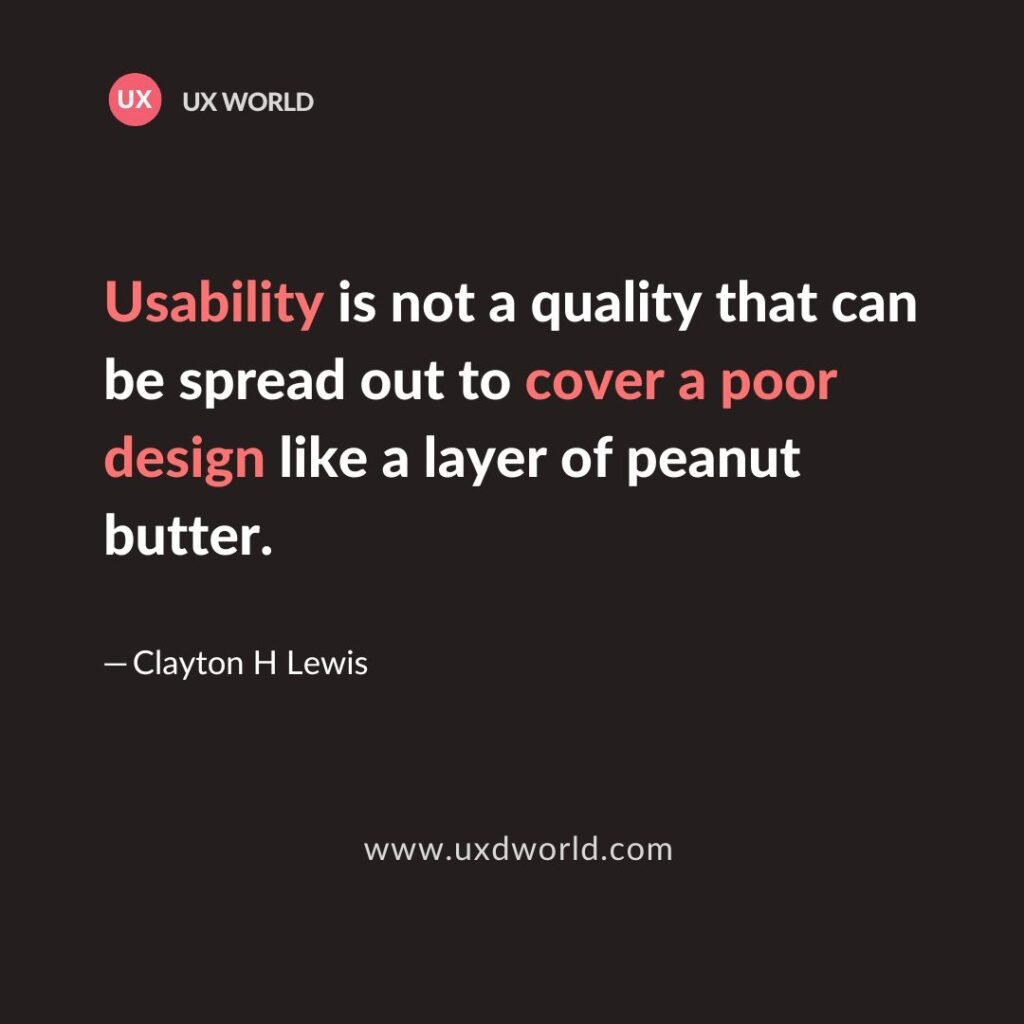Last Updated on November 15, 2024 by UX World
What is Confirmation Bias?
Confirmation bias is the tendency to look for information or interpret it in a way that supports our prior beliefs and opinions.
Being human, this tendency is natural. It is common to pay attention to things that match our views and ignore or dislike the piece of information that contradicts our opinions even if it is correct or based on facts.
Confirmation bias can impact our lives in different ways. It can result in the loss of good relationships with people around us. It can impact our careers if we see opinions and feedback from others in a biased manner.
However, as mentioned in the sections below, we can control and manage this psychological impairment by adopting certain ways.
How Does Confirmation Bias Impact UX Design?
User research is the most critical and foremost step in the UX design process.
During this step, the UX designers identify users, meet with them, and understand their pain points to be considered when designing the product.
Confirmation bias can be dangerous for user research and UX design.
- It can easily lead to incorrect decisions based on false assumptions and personal preferences.
- Asking incorrect questions from users results in biased outcomes.
- Similarly, if you ask biased questions while performing user testing, it can make users unintentionally confirm your thoughts and opinions instead of providing their own perspectives.
This way confirmation bias can lead to a product that does not truly reflect the users’ needs since it involves decisions that are made based on your own assumptions.
6 Ways to Overcome Confirmation Bias in UX Design
Since any organization cannot afford incorrect design decisions based on someone’s preferences, there must be ways to control the confirmation bias during the UX design process.
Confirmation bias in the UX design process can be controlled and avoided by following different ways and practices as listed below.
1. Do Research
Never assume anything.
It is understood that you may have prior experience and knowledge, however, while working in the UX design field, you will see that every user is different from others and every problem has some specific details that you may have not worked on before. Hence, it is better to perform unbiased research to know the user, problems, and possible solutions.
“Don’t believe your own assumptions and confirm your thoughts during user research.“
2. Start with an Open Mind
Certainly, you have an opinion on every problem or discussion point and that totally makes sense. However, you are designing for users and not for yourself.
While working with users, don’t try to impose your thoughts, and always try to think with their mindset. For this purpose, start with an open mind, understand your user, meet with them, and observe them. This will help you to get their pain points and learn the way they think about problems.
“Remember, your job is to facilitate the users in every possible way.“
3. Get Ready for Disagreements
The users can have an opinion that denies your thoughts and assumptions. Handle this situation gracefully by providing them with a chance to explain their point. Try to understand the reason behind this disagreement. There can be scenarios and details that you might have missed.
“A positive attitude towards differences can change your opinion about users, problems, and solutions.“
4. Ask Correct Questions
Give users the option to think openly without expressing your own beliefs in front of them. Ask open-ended questions. Don’t ask questions that are biased. And sometimes it can happen unintentionally since you are designing a feature and discussing it with your peers again and again. This has already set your mind about the intended behavior.
“Be careful while asking questions and do not expose your thoughts in front of users.“
5. Make Design Decisions Based on Data
Data is an essential part of the UX design process. It is important to collect data at each stage of the design process, analyze it and use it to make the design decisions. Relying on real data is an efficient way to avoid confirmation bias as it helps you to kill your false assumptions without making you feel bad. And the outcome is a product that satisfies the users’ needs.
6. Test Your Designs Among Multiple User Groups
Don’t rely on one type of user when you are testing your designs and getting feedback. Always define multiple segments of users based on their demographics and interests. Get feedback from a diverse audience and it will help you to collect unbiased input. Also, it will make it easier to challenge your own assumptions and hence reduce the chance of confirmation bias in the design process.
Conclusion
Confirmation bias can be avoided by following the given practices and designing products that serve the users to achieve their goals. In today’s world where organizations are facing tough competition, designing a product without collecting and analyzing real data will rarely lead to success.
Learn UX Design
Try Interaction Design Foundation (IxDF). IxDF offers online design courses covering the entire UX design spectrum, from foundational to advanced level. As a UX Design World reader, you get 25% off your first year of membership with the IxDF.
Thanks for reading.
Subscribe to more related articles on UX World.
If you have any questions, contact us here: Facebook | YouTube | Instagram | Linkedin



